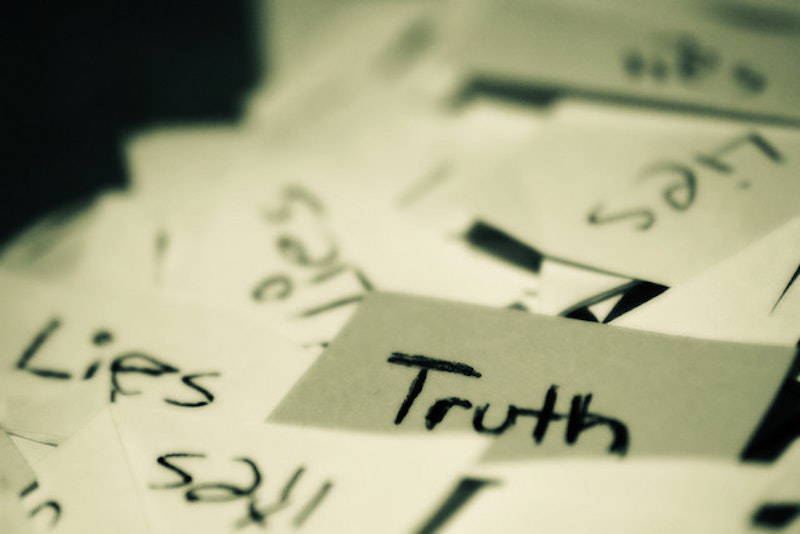If the prom queen's hair is disheveled yet her eyes are as large as dinner plates and insists she has not left the room, check her Jimmy Choos. If they're pointing toward the door, worry. If not, forensic psychology may teach you to give her a little credit. It may very well be that body language is one of the best indicators of dishonesty.
Teachers and parents with a working knowledge of forensic psychology a discipline based on scientific practice, already know if the student's story is true or false and decided what to do about it five minutes ago. They were in the prom queen's Jimmy Choos once. They know they need to stay ahead of their young charges. Guiding children smoothly through a maze of impulsiveness, bad influences, poor decision-making and raging hormones requires the patience of a saint and the acumen of an Einstein. Besides, the honest truth? Everyone lies.
Telling fibs is something children first learn at home. When Dad tells Mom her new Brussels sprouts soufflé is delicious, and then secretly spits it into his napkin, guess who saw what Mom did not? When Mom "forgets" to tell Dad about the "tiny" ding in the new car, guess who has already posted photos on Facebook? Children do not even have to be in the same room to detect a lie. They can feel it, and their memories are healthy and long.
Children quickly learn that adults tell lies when the truth makes them uncomfortable—possibly as often as three times every 10 minutes. Very young children tell stories to get what they want, and discover that sometimes they receive loads of attention when they recount a fantastic tale. The glow of the spotlight encourages them to create even more and better lies.
But there's a difference between the falsehood told to prevent sadness or create joy, and the harmful or criminal lie. Spotting the latter requires an inner lie detector and a quick decision about whether action is necessary. Common sense and experience are also necessary, as well as extra training that a teaching certificate does not provide.
Educators who have expertise and know their students well can watch for:
• Body language that is different from what the student normally uses—like those Jimmy Choos pointed toward the door, a posture that leans toward the exit, or stiff, unnatural movements.
• A change in how the student uses dialogue. For example, is he changing tense from present to past? Is she repeating a question someone just asked her?
Using forensic psychology in the classroom probably won't stop the development of the criminal mind. But it might help keep students safe and school hallways orderly if the teacher stays a step or two ahead.
The Long Lie
The uses of forensic psychology.

